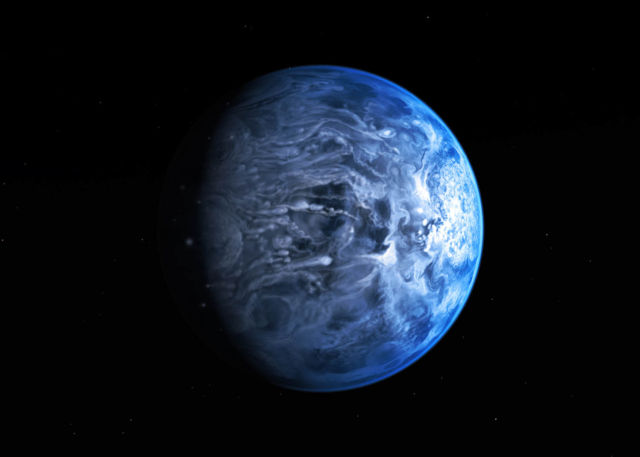Astronomers have found an incredibly rare new Super-Earth exoplanet towards the centre of the our galaxy.
The exoplanet discovered by astronomers at the University of Canterbury (UC), is one of only a handful that have been discovered with both size and orbit comparable to that of Earth.
The planet-hunters’ research has recently been published in The Astronomical Journal.
Lead researchers in the discovery, astronomers Dr Antonio Herrera Martin and Associate Professor Michael Albrow, both of UC’s School of Physical and Chemical Sciences in the College of Science, are part of an international team of astronomers who collaborated on the Super-Earth research.
Dr Herrera Martin, the paper’s lead author, describes the planet-finding discovery as incredibly rare.
“To have an idea of the rarity of the detection, the time it took to observe the magnification due to the host star was approximately five days, while the planet was detected only during a small five-hour distortion. After confirming this was indeed caused by another ‘body’ different from the star, and not an instrumental error, we proceeded to obtain the characteristics of the star-planet system,” he says.
Using the solar system as a point of reference, the host star is about 10% the mass of our Sun, and the planet would have a mass somewhere between that of Earth and Neptune, and would orbit at a location between Venus and Earth from the parent star. Due to the host star having a smaller mass than our Sun, the planet would have a ‘year’ of approximately 617 days.
The new planet is among only a handful of extra-solar planets that have been detected with both sizes and orbits close to that of Earth.
Illustration NASA, ESA, M. Kornmesser
source University of Canterbury






Leave A Comment